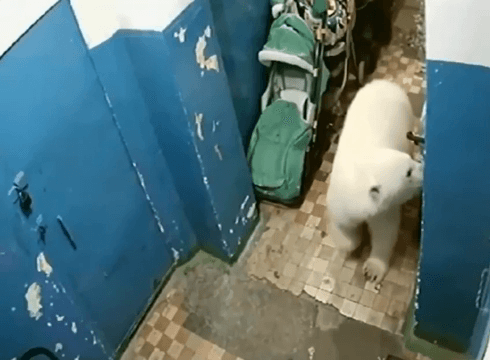
Hunting Seasons in North Carolina: Rules and Regulations, Restrictions and Prohibitions, Animal Activity and Seasons of Hunting When the Season Opens for Hunting in North Carolina Hunting black bear
Post: 25 August 08:41

Post: 25 August 08:41

Post: 17 July 06:04

Post: 18 March 12:27

Post: 14 April 00:04

Post: 5 September 15:00

Post: 5 September 14:59

Post: 19 August 10:07

Post: 23 May 17:04

Post: 31 July 10:35

Post: 29 July 16:16

Post: 1 September 08:16

Post: 10 July 11:42
Post: 17 October 10:00

Post: 3 September 13:36

Post: 30 July 10:41

Post: 3 September 13:39

Post: 5 September 20:47

Post: 4 September 15:35

Post: 15 October 10:05
Post: 16 September 18:34

Post: 9 January 16:14

Post: 19 December 17:59

Post: 4 September 18:16

Post: 29 July 10:20

Post: 1 September 08:58

Post: 13 July 12:05

Post: 23 July 11:17

Post: 23 July 09:57

Post: 27 August 10:14

Post: 29 July 11:47

Post: 25 August 13:00

Post: 28 July 07:24

Post: 25 July 14:43

Post: 5 September 19:08

Post: 28 July 19:57

Post: 29 August 13:02

Post: 1 September 11:05

Post: 29 June 17:03

Post: 29 January 12:07

Post: 30 December 10:35

Post: 11 November 22:03

Post: 30 July 10:54

Post: 29 July 19:12

Post: 9 June 00:39

Post: 22 April 14:33

Post: 25 March 20:27

Post: 9 August 09:07

Post: 23 April 09:14

Post: 28 March 10:18

Post: 10 November 09:19